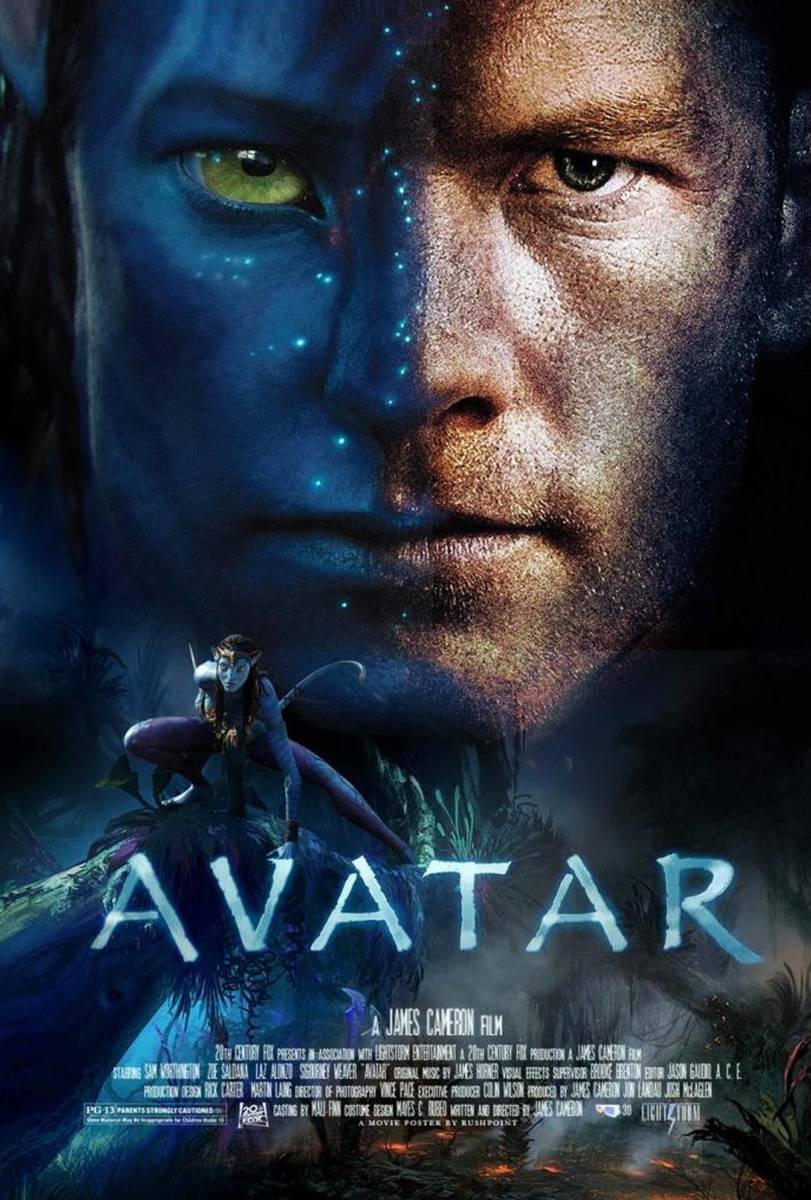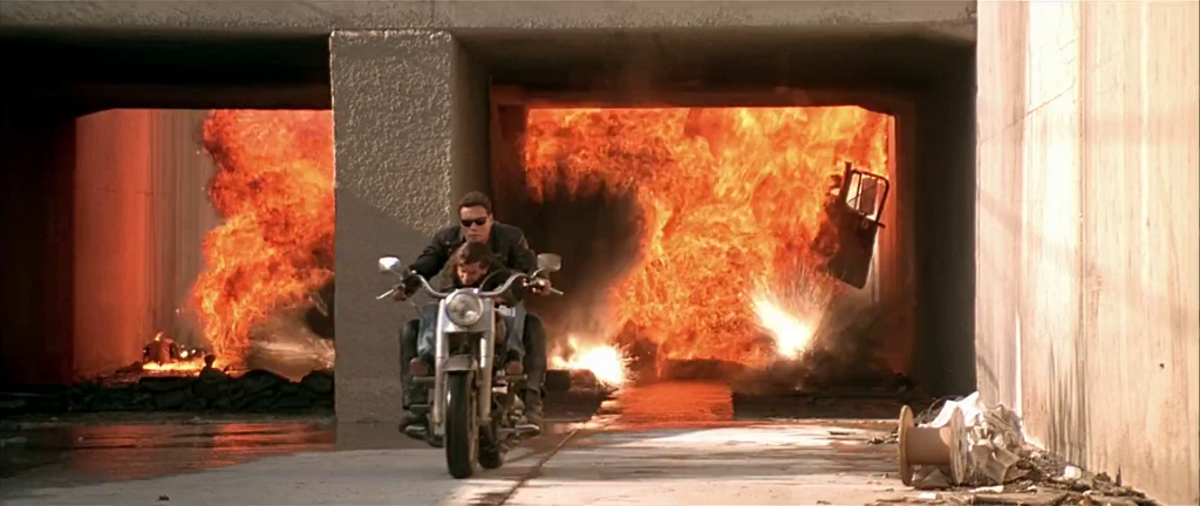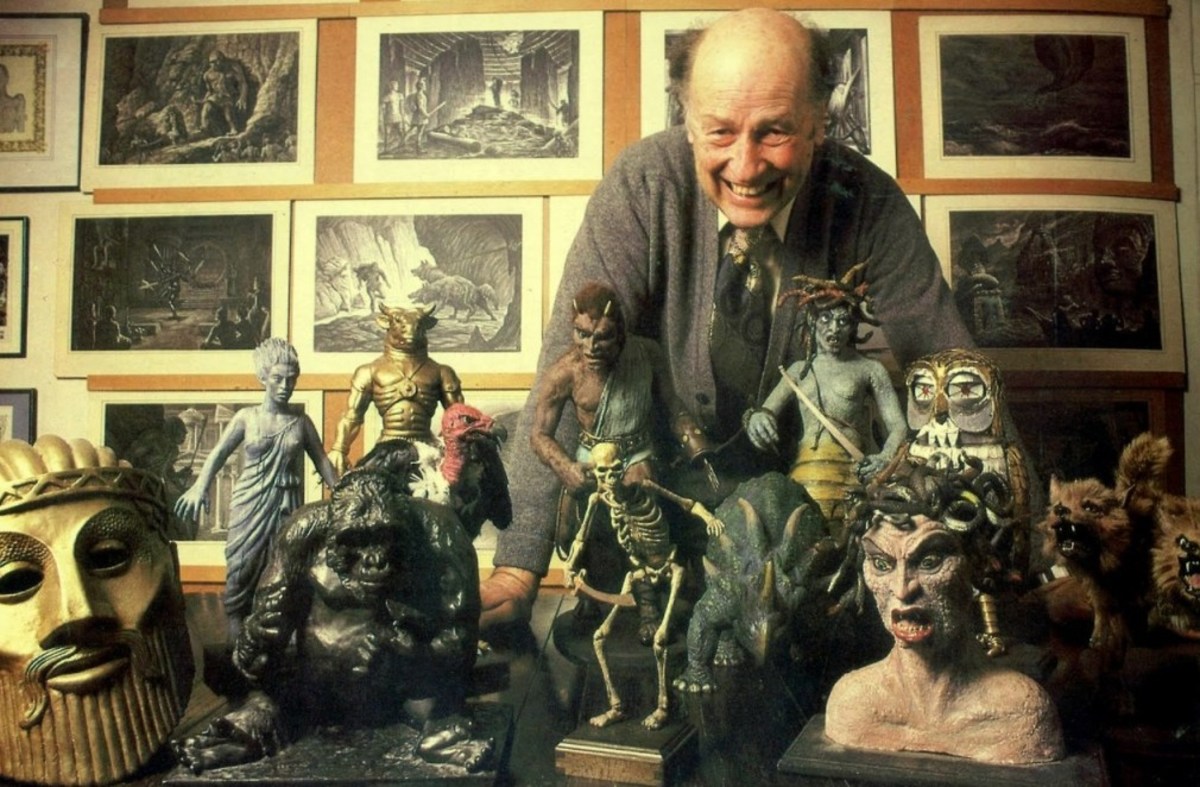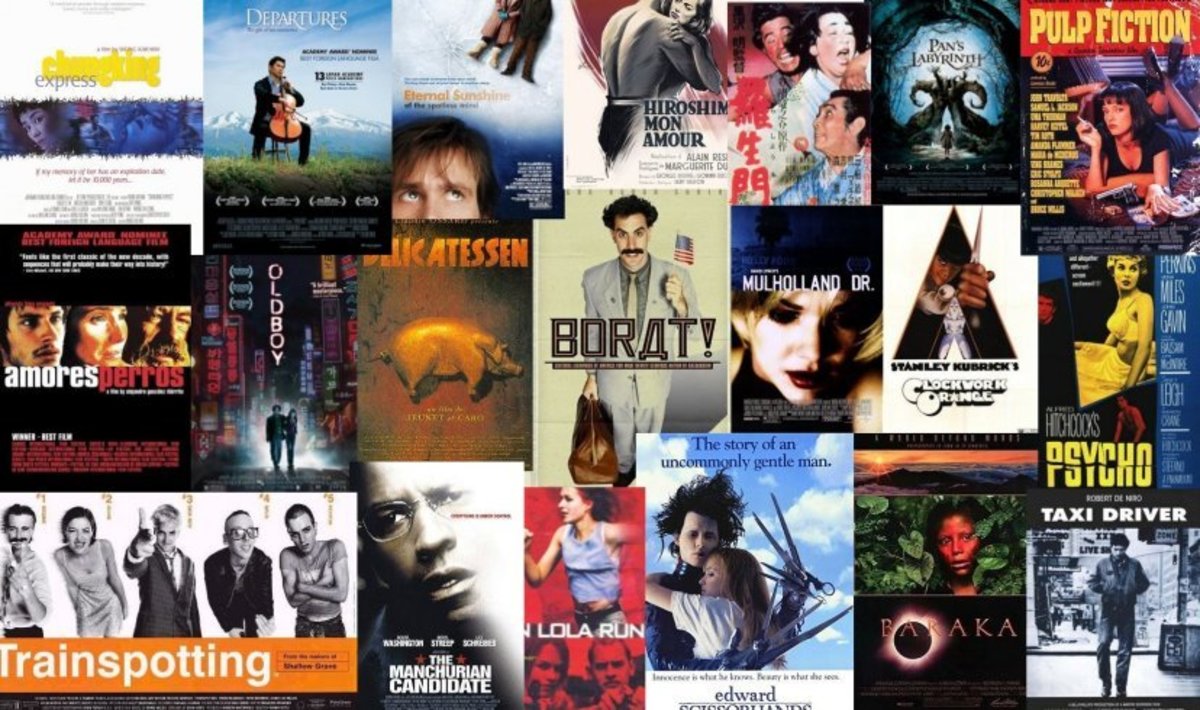Why Today's Movies Suck, Part 2: C.G.I. Can't Take No More
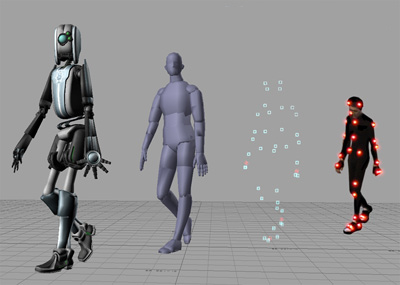
I don't know what the C and G stand for, but I do know that the I in CGI stands for "I Can't Take No More!". Anyway, computer generated effects (CGI) is doing to today's movies what auto-tune is doing to today's music... which is ruining it. Both can certainly aide in some areas without a doubt, but only when it is necessary to use them.
For instance, auto-tune can help many vocal/pitch issues, but it shouldn't be an excuse for a singer like Mariah Carey to be lazy and not have to hit any of those high notes. CGI can make many special effects come to life on screen when it is used together with hands-on special effects or real environments, but if you film 99.9% of your entire movie in CGI, the end result is a lazy filmmaker with one big cartoon instead of an actual movie.
See, it all started with "Star Wars" in 1977, but the technology didn't really begin to peak until the early 90's with movies like "Terminator 2: Judgment Day" and "Jurassic Park". Then, by the time the 2000s hit, filmmakers began taking it a few steps too far. This was hugely noticeable in George Lucas' "Star Wars" prequels where just about every single background and special effect was done entirely in CGI. The end result was a far cry from the original trilogy, even the actors themselves had a hard time bringing life to the blue and green screens surrounding them.
Nowadays, you can't even enjoy a horror or action movie without having to endure heavy doses of this crap. The question you might be asking yourself is where exactly does one draw the line between appropriate use and inappropriate use? The following examples will help give you an idea.
5 Movies with Proper CGI Usage
"Terminator 2: Judgment Day" (1991): Of course, the T-1000 character is the highlight of this classic. James Cameron effectively blended his interactions with the real world.
"Jurassic Park" (1993): Who could possibly forget how this masterpiece was done? Director Steven Spielberg and effects wizard Stan Winston successfully blended real life animatronics with CGI effects. The results stunned audiences everywhere back in 1993.
"Twister" (1996): "Twister" was a milestone for computer-generated effects, one of the best examples of blending practical effects and CGI involved an exploding tanker truck that was hurled by a tornado. Initially, the entire sequence was accomplished with practical effects that involved pyrotechnics, a stunt car, and a full-size mock-up of the tanker. Later on, ILM handled the tornado twirling the truck around towards the camera, the mock-up was removed and replaced by CGI.
"Independence Day" (1996): "ID4" was the biggest disaster and science fiction film of the mid-late 90's. One reason behind this is the special effects. "Independence Day" relied more on in-camera effects, model-making, miniatures, and pyrotechnics more than CGI; all-in-all, this helped the filmmakers save more money as well as establish far more effective results.
"Land of the Dead" (2005): One of the big money shots in this movie is where the zombies learn to walk underwater in order to cross the river into the fortified city. Upon rising up from the water, we see legions of them in the background. George Romero only used 20 or so zombies to film this, the zombies in the background were all done by CGI. A perfect example of computer and real world blending.
5 Movies with Improper CGI Usage
The "Star Wars" Prequel Trilogy (1999-2005): Do these three films really need any explanation? Most of the characters and backgrounds here are completely computerized and the performance of the actors are so darn wooden and cringeworthy, it was as if they had a hard time dealing with things that weren't really there. And most of what you saw in these movies was nothing but a bunch of blue and green screens to these actors.
The "Transformers" Movies (2007-2011): Do these movies really require any formal introduction when it comes to CGI effects? They're one big heap of a mess, it's as if the specials effects team for these films had no sense of direction, it's as if they decided 'Let's just have a bunch of huge shapeshifting robots rumble while their surroundings get trashed in the process'. These kind of action sequences cater to audience members with ADHD.
"Indiana Jones and the Kingdom of the Crystal Skull" (2008): Two of the worst CGI sequences that stick out in this movie are as follows: a) A sword fight on two moving jeeps in the jungle - It's painfully obvious that it's really two actors standing on top of two different jeeps in front of a big green screen, that's how stupid it looks; b) CGI ants that move like water - There's nothing worse than having cartoonish-looking CGI fire ants that don't really look like the real thing.
"The Incredible Hulk" (2008): Again, we have a cartoonish-looking CGI Hulk running around on-screen. Let's not get started with the ridiculous and over-the-top showdown between Hulk and the Abomination, it was akin to watching an action sequence from one of the "Shrek" movies.
"Prince of Persia: The Sands of Time" (2010): In one of Hollywood's latest attempts to cash-in on popular video game franchises, "Prince of Persia: The Sands of Time" attempts to do too much all at once in the special effects department. The film is littered with CGI-filled action sequences that are dizzying behind relief. One scene, for instance, involves a huge sinkhole that opens up in the sand and the protagonist almost gets swallowed up but is somehow able to escape. How? It's rather hard to say because the way it was shot doesn't make it easy for the audience follow. We're just expected to swallow it, like a sinkhole. How does he get out? Who cares? He just gets out and it looks very cool, that's all that matters.... right?
Perhaps the movie studios are saving some money by filming almost every single action sequence and special FX shot in CGI, but the truth of the matter is that these movies end up being completed and released with zero heart and soul put into it. Aside from a worthwhile story, by combining real things with computer imagery shows us that the filmmakers actually care about what they're doing and are really putting effort into the project.
See, when one realizes that you can do practically everything and anything with a computer, it takes away a lot of creativity and realism from what you're trying to accomplish. In plain and simple terms, it just makes you lazy.
Links
- Why Current Movies Suck
The movie industry is at a loss for why so few movies do well these days. The last few years have shown an overall slump in box office sales with 2005 being the worst box office year in 20 years. If not for Batman this year, 2008 would have been... - Why Today's Movies Suck, Part 1: Good Movies vs. Bad...
Part 1 of "Why Today's Movies Suck" attempts to draw the gray area that lies between good and bad movies. - special effects
Since the dawn of entertainment in general, special effects have played a pivotal role in setting the scene and mood of any particular showing. Even way back in the times of Shakespeare special effects would... - Is CGI degrading the quality of modern-day horror fi...
Horror films do not have the lasting psychological effect they once did, and this writer, for one, blames the advent of computer generated imagery, or CGI, in many- if not most- modern-day thrillers....

